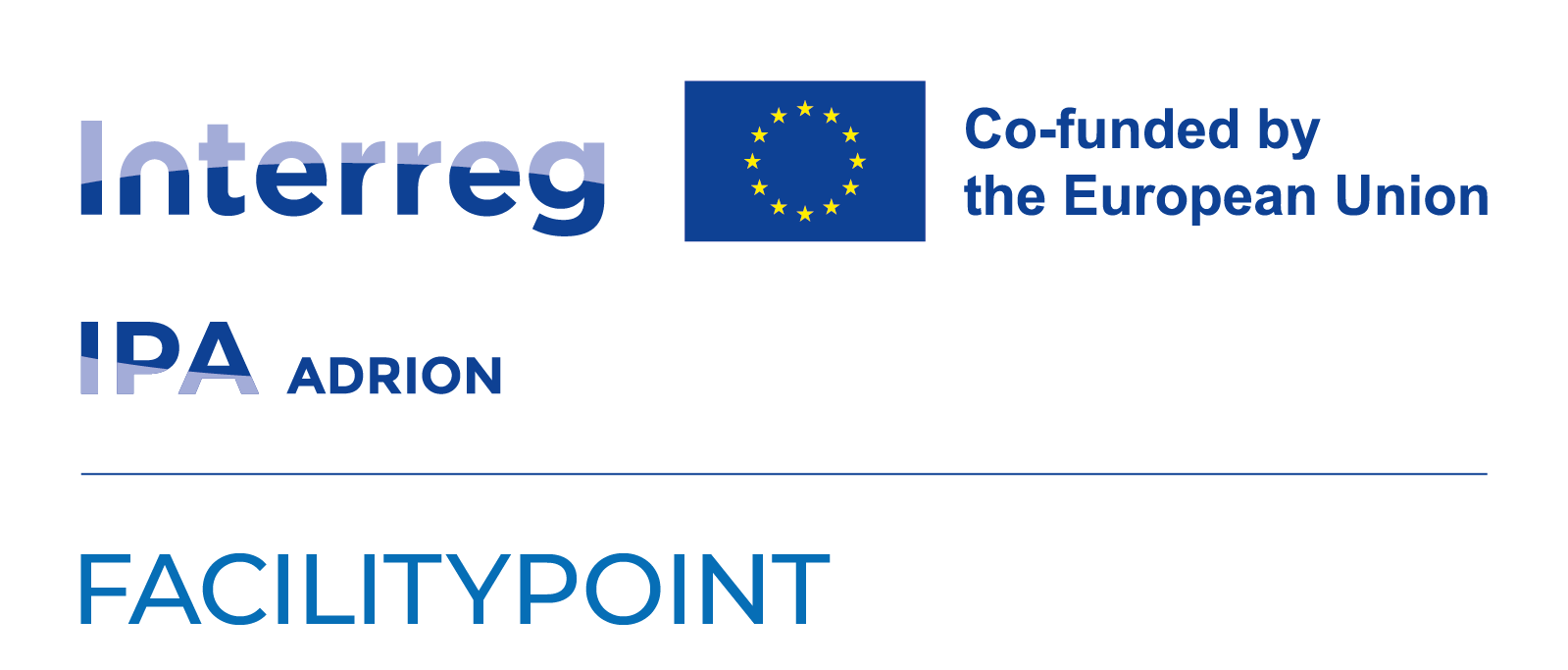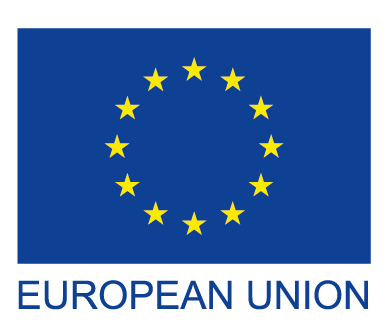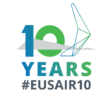Camp Otranto Project: An Example Of Transboundary Implementation Of The ICZM Protocol
Daniela Addis, Founder and Director of the Addis Law Firm “Environment&Sea, Italy & National Coordiator for Oranto CAMP for Italy
The Coastal Areas Management Programme (CAMP) in Otranto Strait seeks to reinforce sustainable development, integrated coastal zone management (ICZM) and marine spatial planning (MSP) across the South Adriatic to reduce and eliminate marine litter, prevent pollution on coast and sea and to strengthen biodiversity conservation in the project regions of Vlora (Albania) and Puglia (Italy).
The project is coordinated by PAP/RAC with the support of INFO/RAC and national project coordinators.
Implementation is overseen by the CAMP Otranto Steering Committee, with the involvement of the Albanian Ministry of Tourism and Environment (AMTE) and the Italian Ministry of the Environment and Energy Security (IMEES), along with Vlora Region (AL) and Puglia Region (IT).
Concerning the management of risks affecting the coastal zone, scientific data are useful to improving knowledge on the state, development, and impacts of climate change. In order to use and exchange information and activities of common interest, it is important that project builds upon the existing data management standards and processes, relevant for coastal and marine management, such as (but not limited to) those existing under Integrated Monitoring and Assessment Programme (IMAP).








